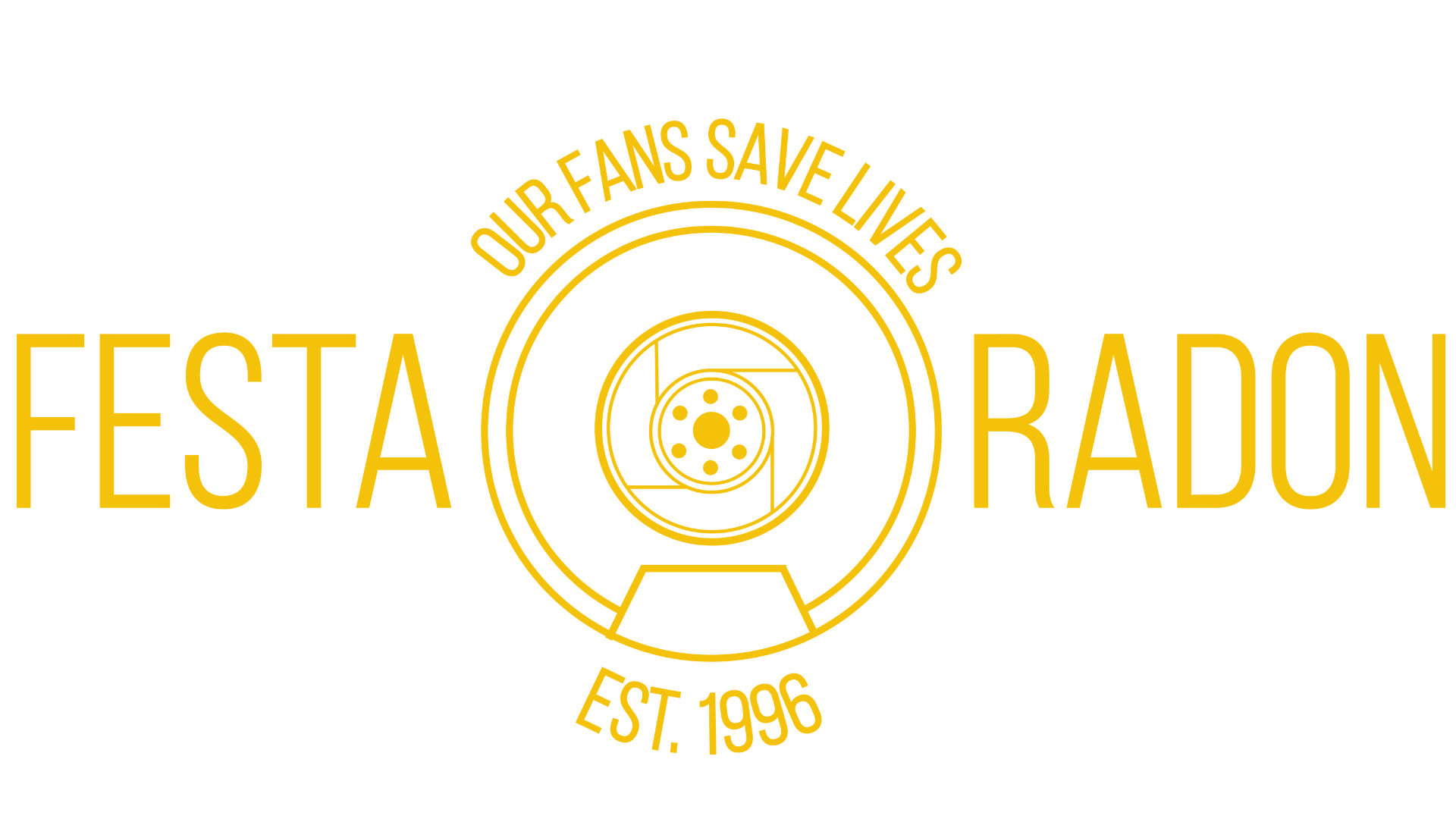
Radon Mitigation Requirements for Businesses
Radon is a silent killer that finds its way into every kind of building, whether it’s a house or a multi-tenant structure. Radon mitigation should be a priority for property owners, including testing and setting up the means to remove this gas. Here are a few radon mitigation requirements for business owners and how they can enact them.
What Is Radon?
Let’s dig a little deeper into radon and radon poisoning. Radon is a gas that results from the breakdown of radium buried deep inside the earth. Radon turns up anywhere, though some areas may face higher concentrations of radon gas. Once radon comes up from the ground, it disperses into the air. However, if a building gets in its way, it enters the structure through cracks and holes in the foundation. Once inside the structure, radon accumulates, and if people breathe it in, it can cause lung cancer over time. Radon poisoning is second only to smoking in terms of causing lung cancer.
What Are a Business Property Owner’s Obligations?
As a business property owner with tenants, you may face requirements regarding radon and its mitigation. Here’s a quick look at laws, regulations, and other things to know.
Federal Guidelines
The US federal government doesn’t have regulations in place requiring you to conduct radon testing and mitigation. However, the Environmental Protection Agency recommends that all buildings be tested for radon’s presence. If more than four picocuries per liter (pCi/L) of air are detected, you should take mitigation measures to reduce them for the residents’ safety.
State and Local Regulations
Various states and localities have laws and regulations in place regarding radon testing and mitigation. Illinois and New Jersey, for example, require testing for specific types of commercial properties, such as schools, daycare centers, and similar child-centric structures. Check your local environmental agency or health department for local laws and to understand what actions you must take.
Next Steps
So, what’s next? Whatever the local rules and regulations say, conduct radon testing. DIY kits are available online and at your local hardware store. However, it’s wiser to hire a professional radon tester. They possess the equipment and skills to ensure accuracy and will let you know what to do next if the radon levels are too high.
Mitigation Solutions
If your property’s radon levels are over four pCi/L, there are several steps to take. A technician will conduct the testing and may suggest installing a sub-slab depressurization system. They’ll come back to set up a vent pipe to draw up radon from underneath the structure. Fans draw the radon through the pipe and let it safely scatter into the air. The radon mitigation pros may also inspect the basement area and seal up cracks, holes, gaps, or other openings to block the radon. After the mitigation system runs for a while, the technicians will return and retest.
Those are a few basic radon mitigation requirements for businesses. If you want to learn more about radon testing and mitigation systems and how we can help, contact us for a consultation today. We’re radon fan manufacturers who offer testing and other equipment to keep you and your residents safe from the damaging effects of radon.





